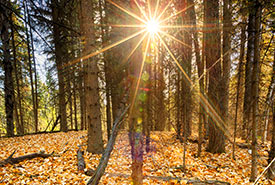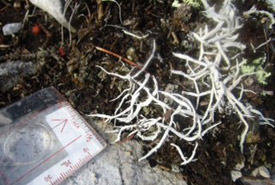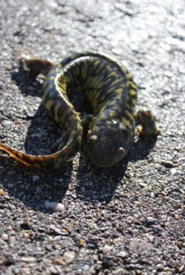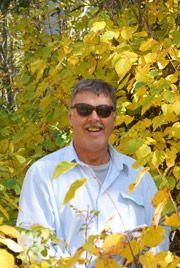Amateurs

Bunchberry Meadows Conservation Area, AB (Photo by Kyle Marquardt)
Amateurs have been instrumental in the history of science.
Amateurs are numerous in astronomy and continue to find asteroids on collision courses with Earth! Out there they have found comets and former planets, but amateurs have also surveyed birds, tagged butterflies and counted themselves as naturalists and observed nature over their lives.
Amateurs can contribute to scientific works in many ways. The everyday observations of citizen scientists can play a helpful role in larger scientific studies.

Western bluebird with meal worms and bracelet (Photo by Bill Pennell)
Many people have been naturalists by reporting bird sightings in their backyard to sites such as eBird or iNaturalist. Your observations of the wasps, honeybees or other animals around your homes and properties might be the last clues needed in one academic’s study. All this helps scientists gather a picture and a small perspective on the natural world. With imagination and more observations we can branch that into larger perspectives.
I let the authorities know of my tiger salamanders and leopard frog sightings, lichen distribution and growth studies, and non-native weed eradication. And I am still pursuing many different and cross-field interests. Here are just a few projects in which I’m currently involved:

Thamnolia lichen from Barrier Lake lookout location (Photo by Steve Thor)
I work with a leader in lichen studies who is studying the distribution of the two kinds of Thamnolia lichen (one fluoresces in UV light and one does not). I take photos of Thamnolia over a number of years with a scale so that I may be able to figure out how fast they grow. Adhering to the take nothing from the environment and leave only your footprints philosophy is particularly important as my samples have been found “disturbed” a few times in a few locations.

Tiger salamander close up (Photo by Steve Thor)
I lend a hand in species monitoring as well. By participating in the Alberta Conservation Association’s Volunteer Amphibian Monitoring Program, I submit sightings of frogs and other amphibians to help scientists better understand the state of the species’ populations.
The examples above are just two of many projects I’ve been involved in. All projects are furthered by travel, walking, hiking, canoeing and biking, newsletter writing (for the Calgary Weekend Hikers) and volunteering at Kananaskis Country trail building events as well as NCC Conservation Volunteers events.
Through volunteering the amateur naturalist can contribute as a boots on the ground worker to improve the state of Canada’s natural areas even more. Whatever your skill level and level of knowledge, will you join me in making positive contributions to the natural world?


